Consultation
+370 645 64564
info@bauto.lt
Orders
+370 645 64564
uzsakymai@bauto.lt
Consultation
+370 645 64564
info@bauto.lt
Orders
+370 645 64564
uzsakymai@bauto.lt

We guarantee that in our database of 35 million auto parts, we have exactly what you are looking for. Our online system is the fastest and most reliable way to find the right car parts.
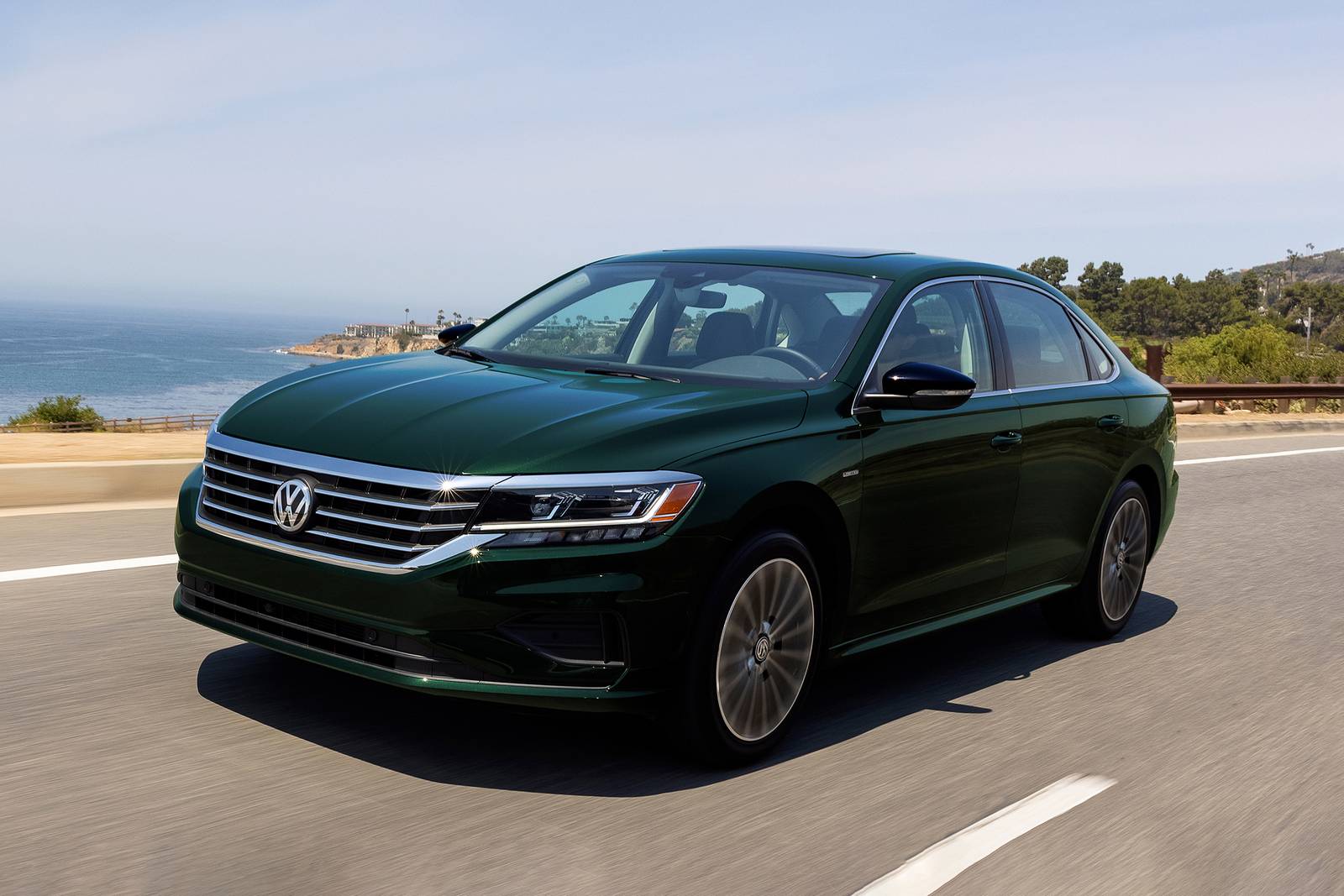
The Volkswagen Passat car is divided into generations:
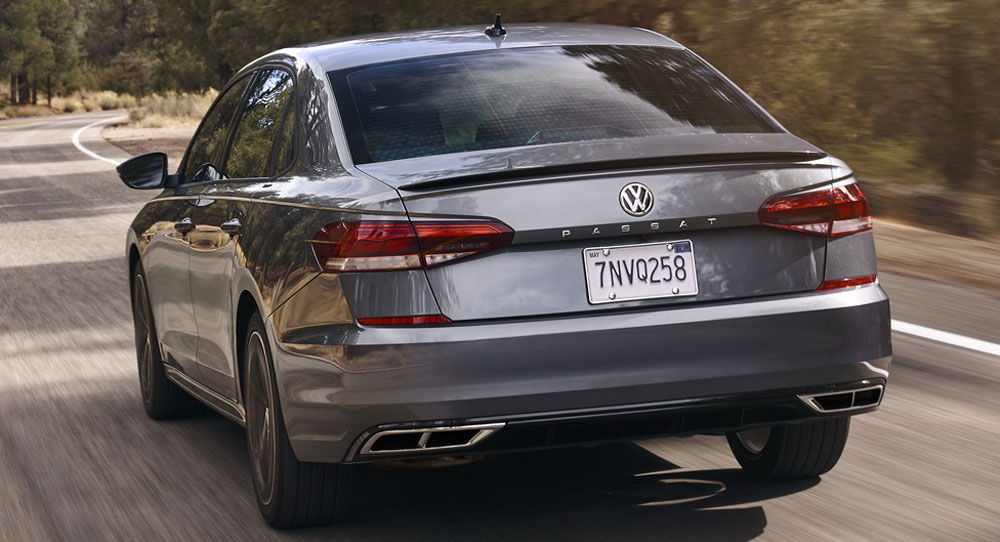
You can find any part for any of these models by the OEM number – the code given to the original part by the car manufacturer. The part marked with this code is made according to all technical requirements and approved by the manufacturer as meeting the highest standards. You can find the code on the part itself or in a special database. If you don't know it, just write to us and we'll send it to you soon.
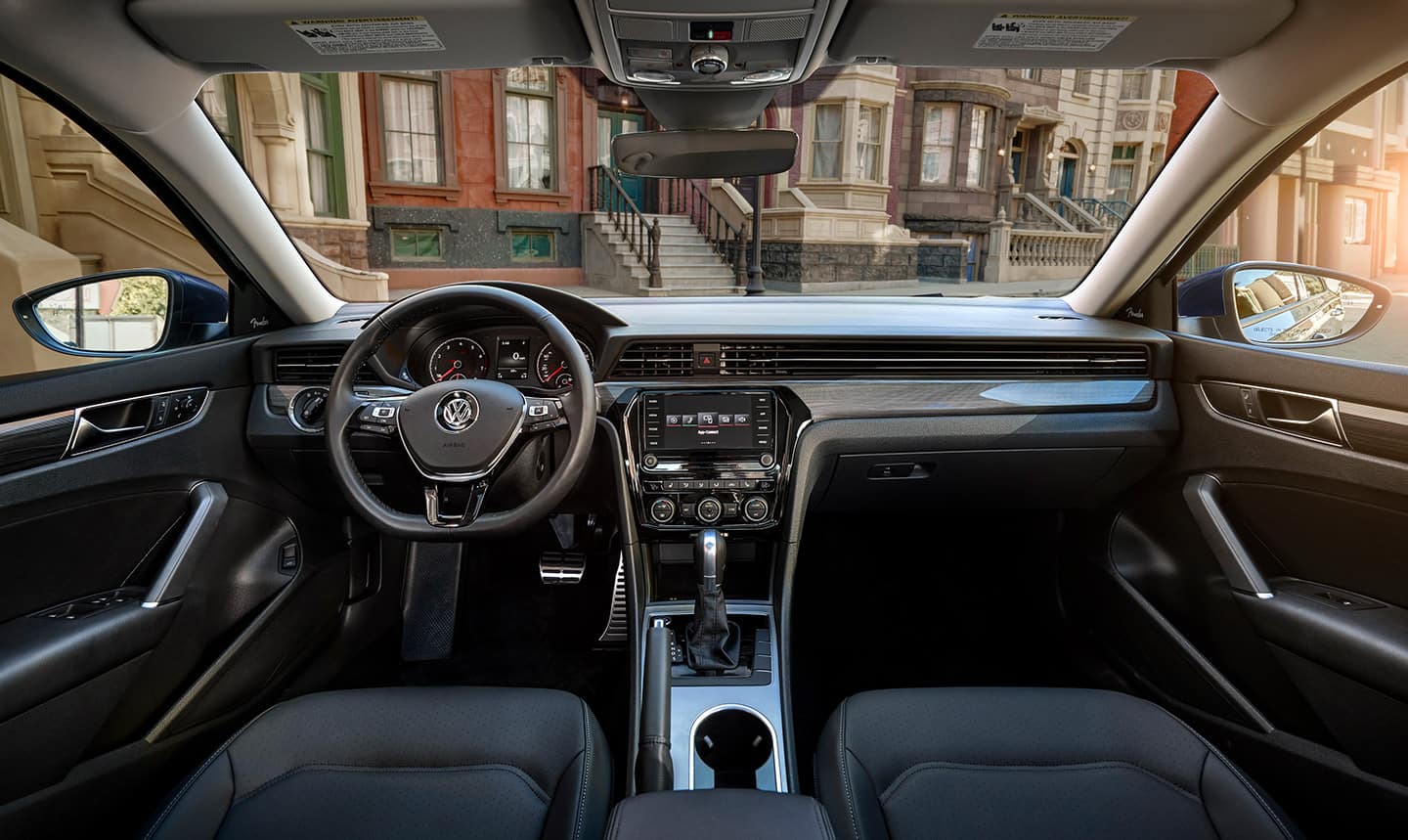
The Volkswagen Passat is a mid-size, large family car, first introduced in 1972. The Volkswagen Passat sedan and wagon are the longest-lived VW models. They are highly practical family cars, suitable for long journeys. This model is very popular in the Lithuanian market, and in 2006 it was declared the Lithuanian Car of the Year.
To this day, the Passat remains popular and is still being produced, with a new Passat generation set to debut in 2023. Currently, there are even eight of them available.
The table below summarizes the technical specifications of the Volkswagen Passat.
If you need to repair your Volkswagen Passat, let Bauto take care of the replacement parts. Here you will find all the car parts and accessories for your vehicle.
You can easily and quickly purchase all Volkswagen Passat parts on Bauto.lt at the desired price. Just enter the OEM code of the part you are looking for in the search field and choose the supplier that offers you the best delivery time and cost.
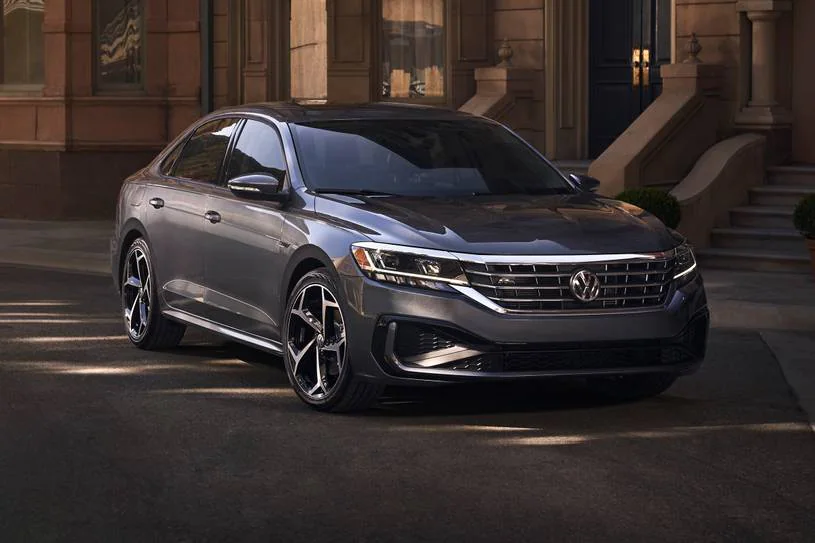
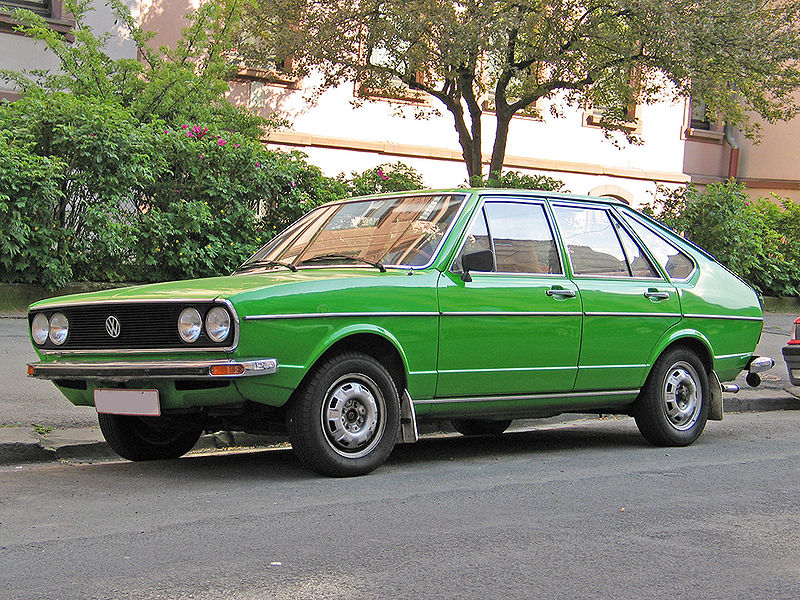
Volkswagen Passat I (B1) (1973-1981)
The first generation of Passat was introduced by Volkswagen in 1973 and it was one of the most successful cars ever produced by the German automaker. The Passat model was Volkswagen's attempt to expand, realizing that it would not survive in the market only with its air-cooled cars, such as the Beetle, Type III, and Transporter.
Volkswagen already had a platform from Audi, designed for a front-wheel-drive water-cooled engine. To create the new model, Volkswagen hired designer Giorgetto Giugiaro and the result was the first-generation Passat B1, with a modern design at the time. In 1973, the Passat was introduced as a sedan and a hatchback with three and five doors.
The interior of the model met the standards of the time. It had a simple central console with wood trim at the front and a slightly raised instrument panel space. Volkswagen installed two large dials: one for the speedometer and the other for the fuel and coolant temperature gauges, with a clock in the middle.
Under the hood, the base model had an Audi-made 1.3-liter gasoline engine and a 1.5-liter engine. Later, the engine range was expanded to include larger displacement engines and a diesel engine with injection.
Key Features
Specifications
Advantages
Disadvantages
By today's standards, the first-generation Passat Variant was smaller than a compact car, but it was marketed as a mid-size wagon. In 1981, Volkswagen dropped the three-door version from the Passat lineup.

If the first generation of Passat timidly tempted to open the doors to a new era, the second generation firmly established the car's position in the market, which at that time was dominated by French and Italian car manufacturers.
The second generation Passat came in three body styles: sedan, hatchback, and wagon. The new Passat model's angled lines, large rectangular headlights, and plastic bumper created a unique look in the market. To improve visibility, the Passat B2 had large windows, and the side panels and doors were slightly curved, creating a distinctive appearance for the vehicle. Another innovation was the retractable door handles.
Inside, the Passat B2 was spacious, with enough legroom and headroom for all five passengers. The folding rear seatback increased the luggage capacity from 745 liters to 1575 liters. In the angled instrument cluster, Volkswagen installed two large speedometer and tachometer dials, as well as two smaller fuel level and coolant temperature gauges. In the middle, there is space for turn signals, emergency, oil pressure, parking brakes, and several other important warning lights.
The second-generation Passat's engine selection, both diesel and gasoline, was quite wide. Due to its more than 1000 km of autonomous driving range, this car was one of the most economical on the market. Over the years, Passat reliability only increased, and operating costs decreased.
Key Features
Specifications
Advantages
Volkswagen Passat II facelift (1985–1988)
In 1985, the Passat B2 was updated - the bumpers, interior, and front grilles were replaced. The hatchback versions had redesigned taillights, and a small integrated spoiler was added to the rear.

The third-generation Passat, also known as B3, was built in 1988 and showcased at the Geneva Motor Show. It was the first Passat created on the Volkswagen platform and, unlike its predecessors, had a transverse-mounted engine, not a longitudinal one.
The Passat B3 model was designed by Volkswagen designer Herbert Schäfer. The design of this model was meant to announce that if recent Volkswagen models looked like repainted and slightly remodeled Audis, with this model, Volkswagen gained confidence in its identity, more convincingly distinguishing the Audi and Volkswagen brands from each other. This Passat stands out the most because there are no visible radiator grilles in the front, and instead, there is a solid plate that covers the area between the front headlights. There are barely visible grilles low on the bumper for engine cooling.
The third-generation VW Passat is spacious. The transversely mounted engine allowed for more interior space. The front of the car was improved and had a wide dashboard that protruded above the central console. Unlike most cars on the market, the Passat could be purchased with an automatic climate control system called "Climatronic."
Volkswagen installed a wide selection of engines under the Passat's hood. The engines' power ranged from 68 hp to 174 hp. The standard gearbox was a five-speed manual, and in some versions, a four-speed automatic gearbox was available.
Key Features
Specifications
Advantages
Disadvantages

The Volkswagen Passat IV (B4) was introduced in 1993 as a significantly improved version of the third-generation Passat, though it was marketed as the fourth generation despite sharing the same platform and upper body structure (windows, roof, etc.) as its predecessor. Both sedans and estates were updated.
While the fourth-generation Passat retained many features of its predecessor, the doors, engine hood, and wings were new. Volkswagen designers created a new front end for the Passat B4 with visible, louvered slats and elongated horizontal headlights. The layout of the rear lights was also updated. Inside, the Passat offered an updated, comfortable interior. The center console was angled toward the driver for easier access to the controls. The rear seats accommodated two passengers with a foldable 60/40 backrest, which increased the luggage capacity from 465 liters to 1500 liters.
The safety features of this model were also improved. The car was equipped with two front airbags and safety belt tensioners. As for the engines, the Passat B4 was available with one of eight gasoline or diesel engines.
Main features:
Specifications:
Advantages:
Disadvantages:

Although named B5, this model was actually the fourth generation of the VW Passat. Despite the names, this Passat model was one of the best cars ever produced by Volkswagen.
This Passat introduced a new VW design concept.
This generation of Passat became rounder, and its curved lines and sloping windshield helped the Passat B5 achieve a very good aerodynamic coefficient of 0.27, which was better than most sports cars. In order to stand out in the market, the B5 Passat had higher quality interior finishing and the option to choose more luxurious trim levels. The dashboard remained curved, with four dials and a TFT screen between the speedometer and tachometer.
Under the hood, Volkswagen offered a wide range of gasoline and turbo diesel engines. In terms of fuel efficiency, this generation of Passat was one of the best on the market, mostly due to the TDI engines.
Key Features
Specifications
Advantages
Disadvantages
Volkswagen Passat V facelift (2001–2005)
At the end of 2000, an updated version of the fifth generation Passat was released, also known as the Passat B5.5. This model no longer had small rectangular front lights, and the shape of the rear lights was also changed. In order to make the car look more luxurious, the manufacturer decorated the horizontal bars with chrome lines, and the side finishing lines became body-colored instead of black.
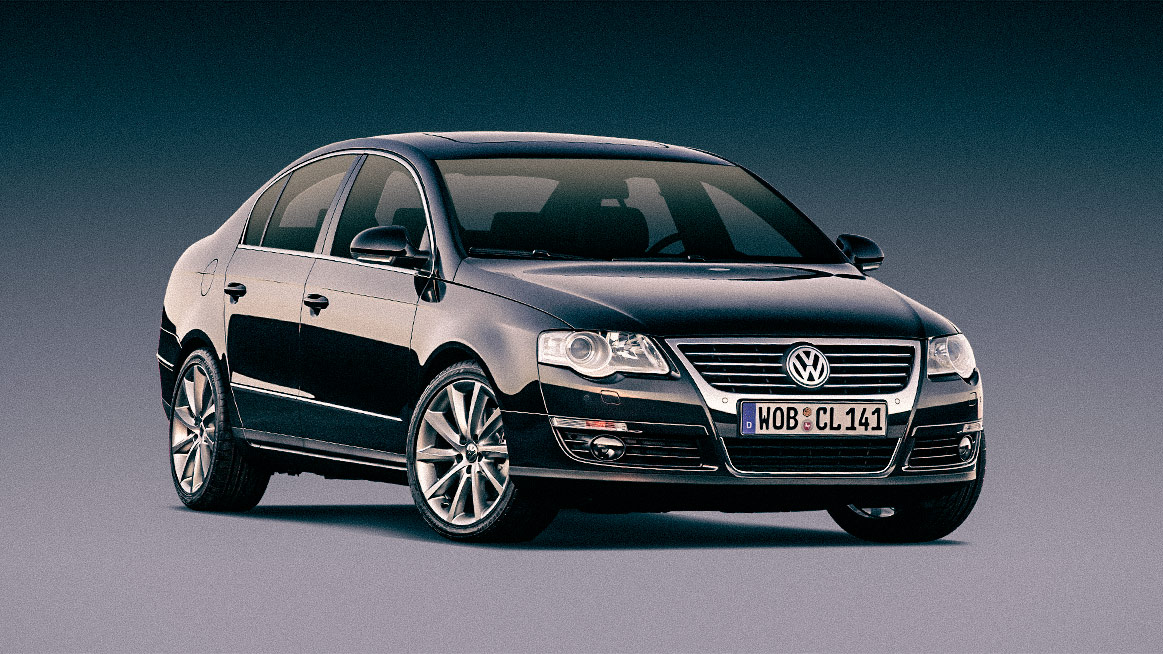
The new sixth-generation Volkswagen Passat was unveiled at the 2005 Geneva Motor Show. This model was a big step forward in terms of both quality and image for VW. The Passat B6 introduced a significantly refreshed design concept.
The front end was redesigned, with unique-shaped headlights featuring a larger circular area for the high and low beams. The wagon version of the Passat had an elongated roof, different rear doors, and a redesigned rear end. The interior of the Passat was of excellent quality, with plenty of space and comfort, and the steering wheel was adjustable to fit each driver individually. The feeling of spaciousness was further enhanced by the absence of a traditional manual handbrake, which VW replaced with an electric version.
This Passat is capable and comfortable on long journeys and has an excellent suspension system. However, in sportier models, comfort was traded for better handling, with a lowered suspension and larger wheels. Under the hood of the sixth-generation Passat, there were new engines with a displacement ranging from 1.4 to 3.2 liters. The most highly regarded engines were the 1.9-liter engine, which produced 138 horsepower, and the 2.0-liter engine, which produced 168 horsepower.
Key Features
Specifications
Advantages
Disadvantages
Among the most significant modifications of this generation were the Passat CC, a sedan version with a unique design compared to other models of the same generation, and the R36 variant with a VR6 engine that produced 300 horsepower (221 kW) and 350 Nm of torque. This version could accelerate from 0 to 100 km/h in 5.6 seconds.

The seventh generation Passat, despite being named the B7, was more of a facelift version than a new generation, as the same old car remained behind the changed appearance. The 2010 Passat Variant looked different, but had almost the same wheelbase and was created on the same MQB platform.
The front of the car featured new headlights that were rectangular in shape, unlike the 2005 model. The grille was also changed, and the bumper had a new front wing with angled fog lights. In the updated Passat sedan version, there was a new front part of the car, and the grilles were changed, which made the car look wider, although it was not. Due to sharper lines and Phaeton-inspired taillights, this mid-size sedan became a hit in the market. There were very few changes made inside the car.
The Volkswagen Passat B7 is available with six engines. The supply of turbo-diesel engines was reduced, but their quality was improved. The petrol engines include a 1.4 liter engine with 120 horsepower, which is supplemented by a more powerful 1.8 liter engine that develops 160 horsepower and a 2.0 liter engine that develops 210 horsepower.
Main Features:
Specifications:
Advantages:
Disadvantages:

The eighth generation Passat is more advanced than ever before. It is equipped with a wealth of technology, with most innovations coming from some of the top-class car brands owned by the Volkswagen Group.
The new Passat debuted with a fresh design. The distinctive appearance of the new Passat is partly achieved through numerous precisely drawn lines and curves that create surfaces reflecting light. The lower chrome radiator grille strip extends into the front headlights. Above the grille and headlights is another chrome accent that extends across the entire width of the front section. Volkswagen created an entirely new lighting design for the eighth generation Passat. The car is offered with halogen and LED headlights.
Inside, designers paid particular attention to a driver-oriented design and a very spacious feeling in the front cabin. Thanks to new technical and software equipment, the digital instrument panel has been significantly improved, both in terms of its graphics and functions.
All gasoline engines now come with particulate filters, and diesel engines can be equipped with a new 2.0L TDI Evo engine. This 150 horsepower engine emits less CO2. Three new engines were added to the gasoline engine lineup.
Key features
Specifications
Advantages
Disadvantages
With this generation, VW really made an effort to fix the biggest flaw of previous Passat models - poor handling. This latest generation is lighter, has a lower center of gravity, and a better-tuned steering mechanism, making it significantly more maneuverable.





